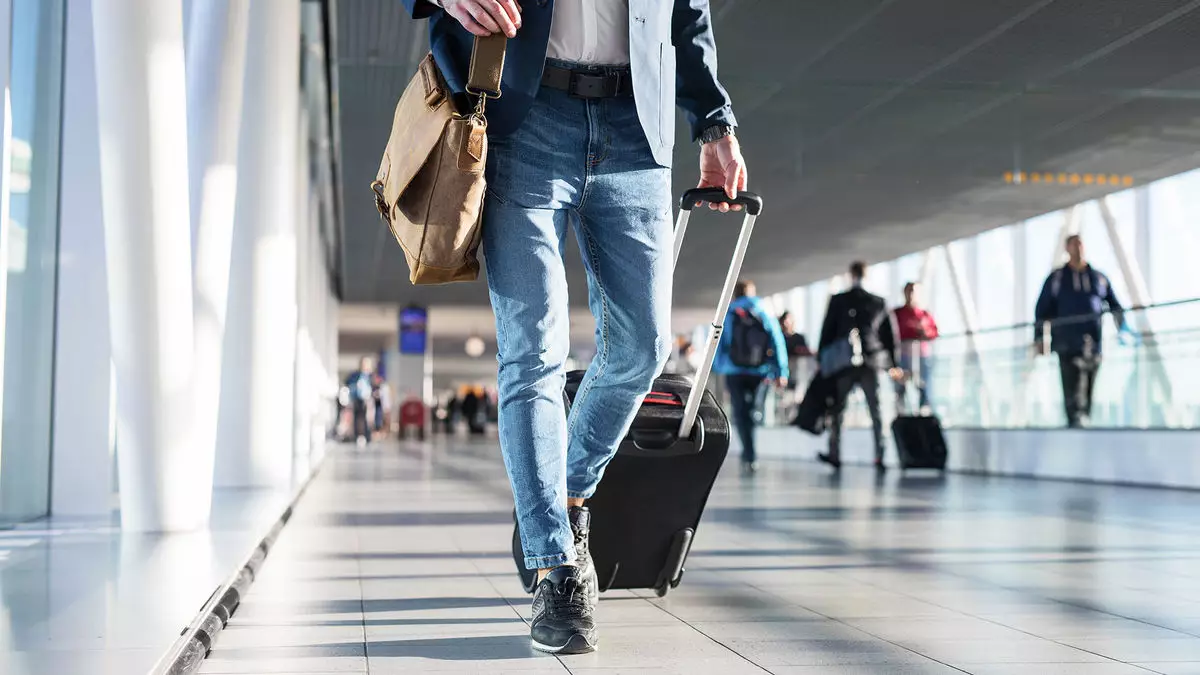The travel industry in the United States is currently facing a challenging landscape, with significant declines reported in both domestic and international travel segments. According to alarming data from the U.S. Travel Association, various external factors contribute to these troubling trends. The rising strength of the U.S. dollar, for instance, makes American travel more expensive for foreigners, dissuading international visitors. Compounding this, the current U.S. narrative concerning safety and welcoming attitudes towards tourists creates a perception that could further hinder inbound travel.
The recent findings from OAG highlight these challenges starkly. With advanced bookings from Canada, the largest source of international travelers to the U.S., declining by over 70% for the summer season, it is clear that immediate attention is needed in addressing the psychological barriers at play. Canadians, alongside other potential tourists, might reconsider their plans based on concerns that range from safety to visa delays, prompting us to question the effectiveness of the U.S. in positioning itself as a travel destination.
Forecasts in Flux: Analyzing Inbound Travel Projections
Tourism Economics recently revised its inbound travel forecast, anticipating a troubling decline of 5.1% by 2025, down from an earlier projected growth of 8.8%. This stark shift underscores the fragility of the travel industry and its susceptibility to global economic uncertainties. As trade tensions escalate around the world, there’s a clear correlation between economic policy and travel demand. The pessimistic forecast of a $22 billion drop in inbound travel spending—12.3% less than anticipated—calls for urgent action from industry stakeholders.
Despite these dire figures, the U.S. Travel Association pinpointed various contributing factors without sufficiently addressing tariffs or trade policies. Issues like prolonged visa wait times and instabilities in perceptions of safety have been underscored, but the broader economic threats remain only mildly acknowledged. By sidestepping a more exhaustive analysis of policy implications, stakeholders might miss a critical mindset shift necessary to pivot effectively in the current climate.
The Role of Collaboration in Reversing Trends
U.S. Travel emphasizes the necessity for collaborative efforts as a means to tackle these emerging challenges. The association is actively engaging with policymakers to shape a travel policy framework that encourages economic growth, striving to maintain the U.S.’s competitive edge globally. The economic importance of travel cannot be overstated—injecting $1.3 trillion into the economy and supporting 15 million jobs underscores its central role in America’s economic fabric.
While the organization makes a compelling case for a united front to champion travel, the urgency of the current situation also calls for proactive creativity. Stakeholders must not only react to immediate threats but also innovate to create new incentives that can entice travelers to the U.S. This may include revised messaging that addresses safety concerns head-on or the implementation of policies that streamline the travel experience and reduce visa wait times.
The travel industry, with its profound implications for America’s economy and global standing, stands at a crossroads. Building a robust future requires decisive actions, innovative policies, and a collective vision for revitalization—ensuring that travel emerges as a resilient pillar of the economy amidst a sea of uncertainty.


Leave a Reply